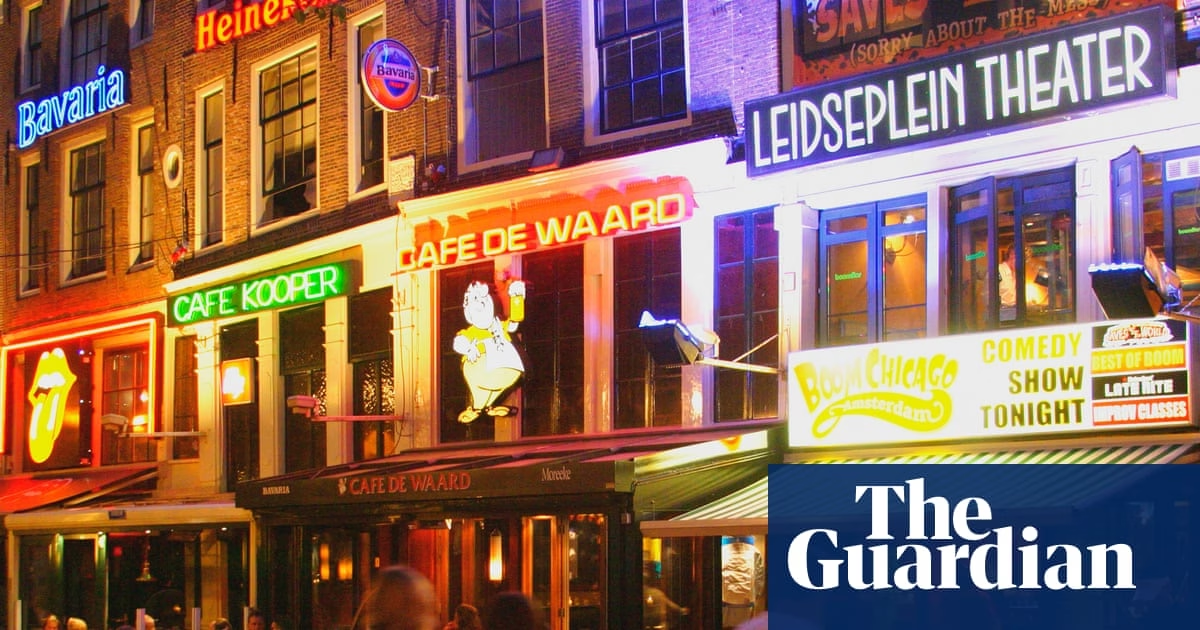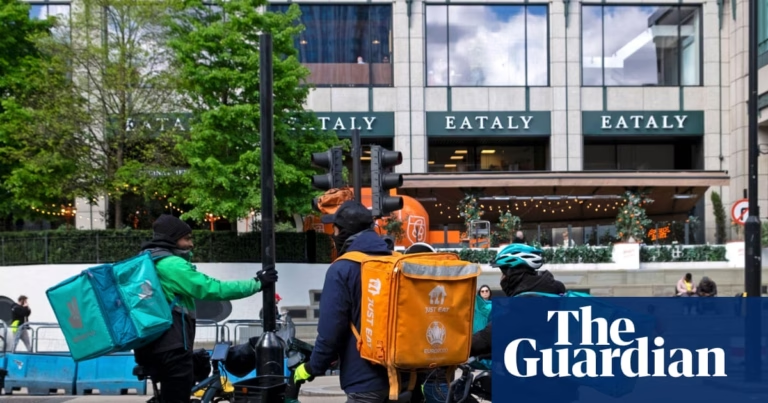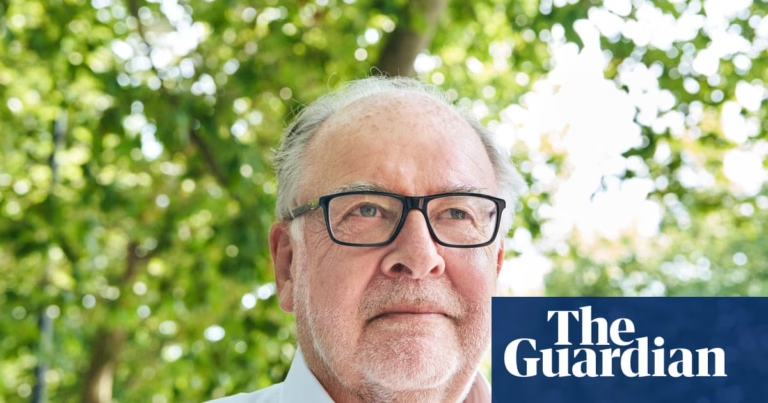Amsterdam, once renowned for its vibrant alternative nightlife, is now at the center of a dispute between preserving historic buildings and catering to dynamic entertainment, highlighted by a planned multipurpose building set to house a club, a cafe, and apartments.
This controversy has emerged in the Netherlands, one of Europe’s most densely populated nations, as a confrontation in urban planning. Residents close to the proposed “Institute for Night Culture” (INC) fear the project will disturb their peace and potentially cause structural damage.
Despite objections over issues like loss of sunlight, increased noise, and impacts on historical architecture, the Netherlands’ supreme administrative court, the Council of State, recently granted the project the necessary go-ahead.
The INC is conceived by architect David Mulder van der Vegt as a “hidden underworld” where various people will gather, offering a contrast to Amsterdam’s increasingly uniform nightlife. The city provided a €50,000 subsidy, with the deputy mayor seeing it as a way to combat this uniformity.
However, concerns over heritage preservation have been met with resistance, underscoring the nation’s ambition to construct nearly a million homes by 2030 amid debates on vertical expansion in urban areas.
Architecture historian Walther Schoonenberg, a secretary at the Friends of Amsterdam City Centre, raised alarms about the project’s deep cellar construction and its potential to compromise structural integrity, especially given that one in ten Dutch homes is plagued with foundation issues.
Schoonenberg criticized the Council of State’s decision, highlighting the potential risks that he believes were understated.
Others, however, argue that such stringent planning may hinder necessary urban development. “Legal appeals can take years,” stated Madeline Buijs, the head of research at Colliers, pointing out the resulting delays in housing development.
Economists also highlight the financial implications of such delays, effectively acting as a “tax on development”, according to Matthijs Korevaar of Erasmus University Rotterdam. He noted that while Dutch cities are well-planned, with thorough building procedures, balancing the pros and cons of urban growth is inherently political.
He pointed out that historic homes are not always preserved; the site of the proposed nightlife center, the Halvemaansteeg—or “half moon alley”—would have been converted to a canal in the 17th century had the city not refrained due to cost considerations.
As cities grow, Cees-Jan Pen, a professor researching urban development at Fontys University of Applied Sciences in Eindhoven, suggests that residents may need to adapt to taller buildings, with potential compromises on sunlight and views. “We will have to build a bit higher,” he said, noting that urban development within existing city limits is also more environmentally friendly.
An INC spokesperson assured that the construction method for the basement has proven successful in previous projects within Amsterdam’s historic center, suggesting that risks can be managed with the proposed construction technique.
Source: https://www.theguardian.com/world/2025/aug/09/amsterdam-nightclub-scheme-dutch-city-planning-rows






